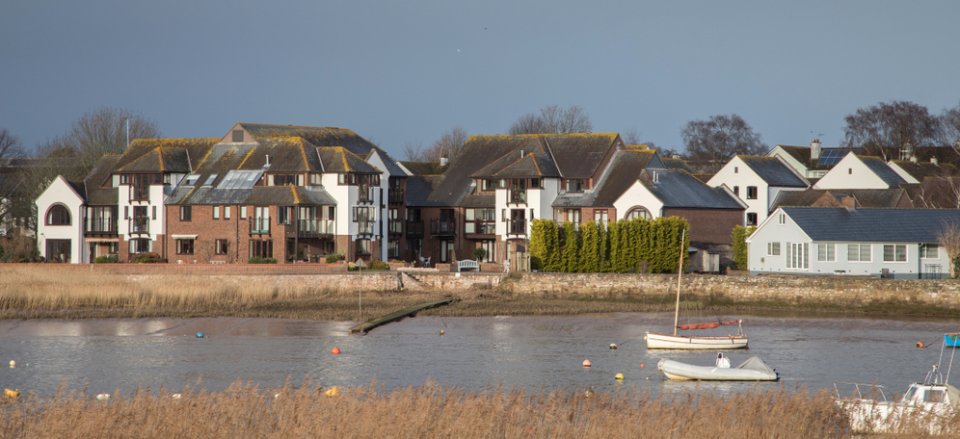Number of company landlords reaches highest level for eight years
More than one in 10 rental properties are now owned by a company as tax changes make private landlords feel the pinch.
Tenants are now more likely to be renting their home from a company landlord, as opposed to a private landlord, than at any time in the past eight years.
Firms now let more than one in ten properties, the highest level since 2011 and up 9% from 2015 when tax changes for private landlords were announced, according to research from Hamptons International.
This means company landlords own 641,480 buy-to-let homes in Great Britain, 42% more than four years ago, with London landlords the most likely to own a buy-to-let using a company structure.
The average cost of a new let in Great Britain also rose to £986 pcm in June, a 3.1% year-on-year increase driven by rising rents in the South.
Table 1 – Percentage and estimated number of homes let by company landlords in GB
| Year | % of homes let by company landlords | Estimated number of homes let by company landlords |
| 2008 | 14% | 456,260 |
| 2009 | 13% | 449,900 |
| 2010 | 14% | 524,540 |
| 2011 | 12% | 481,780 |
| 2012 | 10% | 443,740 |
| 2013 | 10% | 448,080 |
| 2014 | 9% | 449,260 |
| 2015 | 9% | 452,600 |
| 2016 | 9% | 458,280 |
| 2017 | 10% | 535,330 |
| 2018 | 10% | 537,060 |
| 2019 H1 | 12% | 641,480 |
Source: Hamptons International & EHS
Why is this happening?
Tapering of mortgage interest tax relief for non-company landlords was introduced in April 2017.
Previously, private landlords could deduct both mortgage interest and other costs associated with a let property from their rental income before calculating how much tax was due.
But new regulations stated the amount of mortgage interest individual landlords could write off for tax purposes would drop by 25% each year.
By next year all rent must be declared as income. They are then taxed on total income and need to claim back 20% as a credit.
Buy-to-lets owned by a limited company are taxed differently and the changes to the tapering of mortgage interest tax relief do not apply.
Company landlords are viewed as businesses, with expenses written off for tax purposes, including mortgage interest payments.
But there are other costs associated with owning a property through a limited company. For example, mortgage costs tend to be higher and landlords have to take their income in the form of a dividend. Company landlords also pay corporation tax rather than income tax.
The sector has also been hit by the introduction of a 3% Stamp Duty Land Tax on second property purchases.
This has led to a surcharge of thousands of pounds on property and forced many private landlords to rethink extending their portfolios.
Who does it affect?
The mix of landlords continues to sway towards companies from private individuals, but how this affects the tenants differs from case to case.
What the research does show is that demand in certain locations is increasing for rental properties and this is pushing up the cost of renting. The South West recorded the strongest rental growth, with rents rising 4.5% annually.
Aneisha Beveridge, Head of Research at Hamptons International, said: “Increasing taxation for private landlords combined with the growth of the build-to-rent sector has meant that more companies are letting homes than at any time since our records began.
“London, where landlords tend to have higher levels of debt and often the most to gain from corporate ownership, has the largest proportion of homes let by a company.
“However, it’s not always more profitable to put a buy-to-let into a company as other associated costs come into play.
“Strong rents in the South drove rental growth in Great Britain in June. Low stock levels, particularly in the South, continue to put pressure on rents.”

